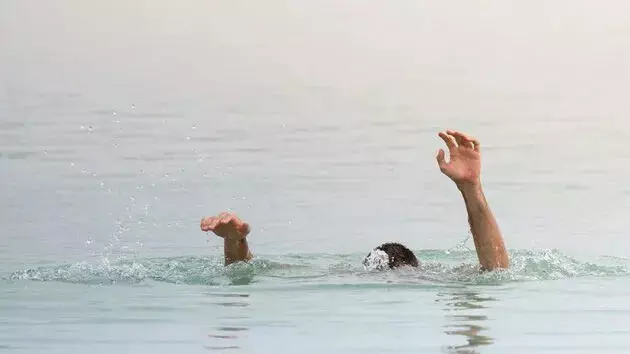25 Die Daily from Drowning in West Bengal, Including 12 Children

New Delhi: A large-scale community survey conducted by The George Institute for Global Health has uncovered a grave public health crisis in West Bengal, revealing that drowning deaths in the state are nearly three times higher than previously recorded. The survey found that 9,191 people die each year from drowning in the state, equating to an average of 25 lives lost daily—12 of them children. This stark contrast with existing global estimates highlights the extent of underreporting and the urgent need for targeted interventions.
Covering all 23 districts and engaging over 15,000 community members, the survey is the largest of its kind in India and was supported by Bloomberg Philanthropies. Using a grassroots Community Knowledge Approach, the team verified community-reported deaths through household visits, unearthing patterns long overlooked by official data. Alarmingly, nearly half of all drowning deaths were among children aged one to nine. Toddlers between one and two years were at the highest risk, especially in rural areas where children frequently fall into ponds and open water bodies close to home.
Deaths typically occurred between noon and 2 PM, when caregivers are busiest with domestic chores. The majority of the incidents took place during the monsoon months, and in nearly all cases, children were unsupervised. Compounding the crisis is the lack of proper emergency response—only 10% of victims received CPR, and a mere 12% sought any form of medical help. Many families resorted to outdated and ineffective rescue methods, often worsening the victim's condition.
The report also shed light on administrative gaps, with only 18% of the drowning victims having a death certificate, and just half of those identifying drowning as the cause. According to Dr. Medhavi Gupta, this invisibility in the official record makes it even harder to mobilize resources and action.
Health experts and researchers are now calling for integrated policy responses involving health, education, child development, and rural infrastructure. They emphasize that drowning is entirely preventable, but requires swift, evidence-based action. Dr. Jagnoor Jagnoor of The George Institute said the time to act is now, urging state and national authorities to treat this as a public health emergency.
Dr. Kelly Henning of Bloomberg Philanthropies echoed the urgency, stating that reducing drowning deaths depends on turning data into immediate, life-saving action. Sujoy Roy from the Child in Need Institute added that when communities are empowered and supported by the government, drowning deaths can be effectively prevented.
This sobering revelation is not just a statistical correction—it is a wake-up call to protect the lives of thousands of vulnerable children and families across West Bengal and similar high-risk regions across India.


